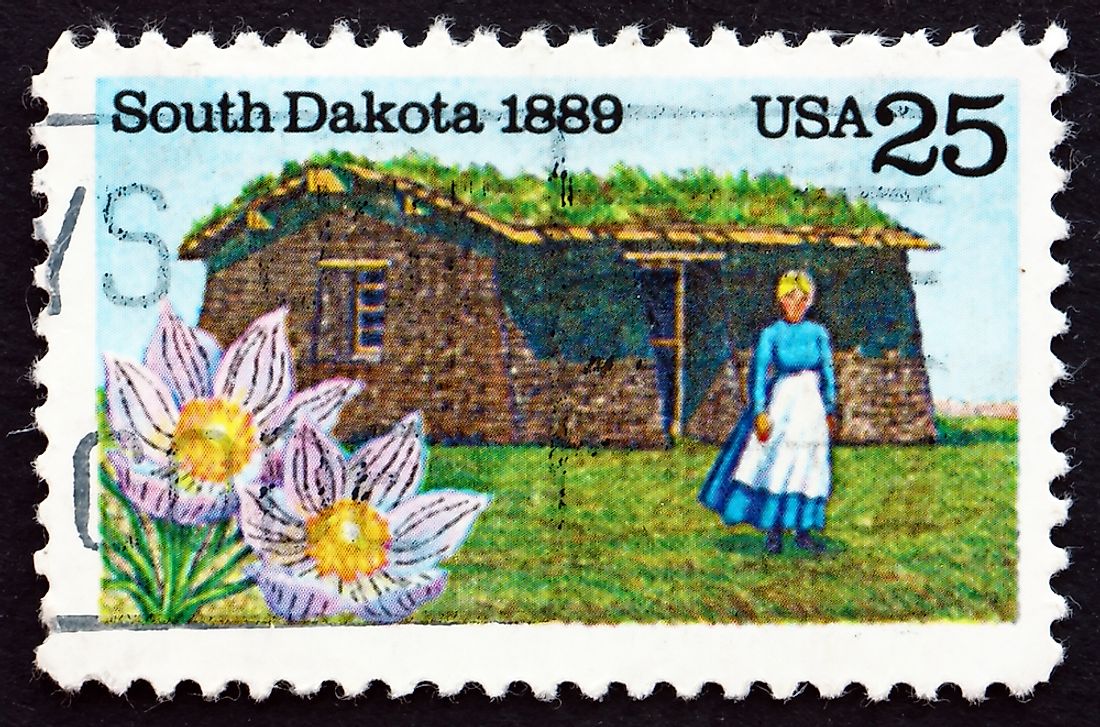What Is The State Flower Of South Dakota?

The American pasque was adopted on March 5, 1903 as the official flower of the state of South Dakota. It is also known as the mayday flower, windflower, prairie crocus, meadow anemone, or the Easter flower. It is popularly known in the state as the pasque flower from the French word pasque, or "Easter." In 1919, South Dakota amended the flower law that changed the scientific name of the flower to Pulsatilla hirsutissima from the earlier name “Paschflower.” The American pasque is a perennial herb that grows wild throughout the state of South Dakota. The flower grows in the prairie regions of North America. It belongs to the buttercup family of flowers with purple, crocus-like flowers that bloom around Easter.
Characteristics of the American Pasque
The pasque flower is a member of the buttercup family; it is a small lavender flower that has acquired several names over the years. It was adopted as the state flower because of its association with the Native Americans of South Dakota. The Lakota named the plant "hosi cekpa" which translates to "child's navel," a description of the plump flower buds that resemble a newborn's navel. The flower has a beautiful, attractive blossom of between five and seven sepals that resemble petals also the plant lacks true petals. The flowers can grow to between one and four inches wide; the leaves are silky, sessile, and haired.
Distribution
The pasque flower grows in much of North America from 43 degrees to 60 degrees latitude. Its range extends from Alaska in the north to Utah and in the south, west to Alberta and east to Illinois. It grows in plains, foothills, and mountain meadows preferably at altitudes of between 4,000 and 10,000 feet. The flowers are not as abundant as they were because most of the wild lands have been converted to agriculture and ranching land.
Natural History
The bloom of the pasque flowers is the first sign of spring in South Dakota. The blooms pick in late March and by mid-summer the life cycle of the flower is complete. The seeds of the plant are dispersed by the wind to allow new plans to develop further from the mother plant. As a new plant mature, a woody stem develops beneath the soil. Each year, the stem gives rise to fresh flowers and leaves.
Conservation of the Pasque Flowers
Title 1, Chapter 1-6 of the south Dakota codified law designate the basket flower as the official state flower. The law protects the natural environment of the plant. Conservation groups and the community also spearhead the preservation of the state flower.











